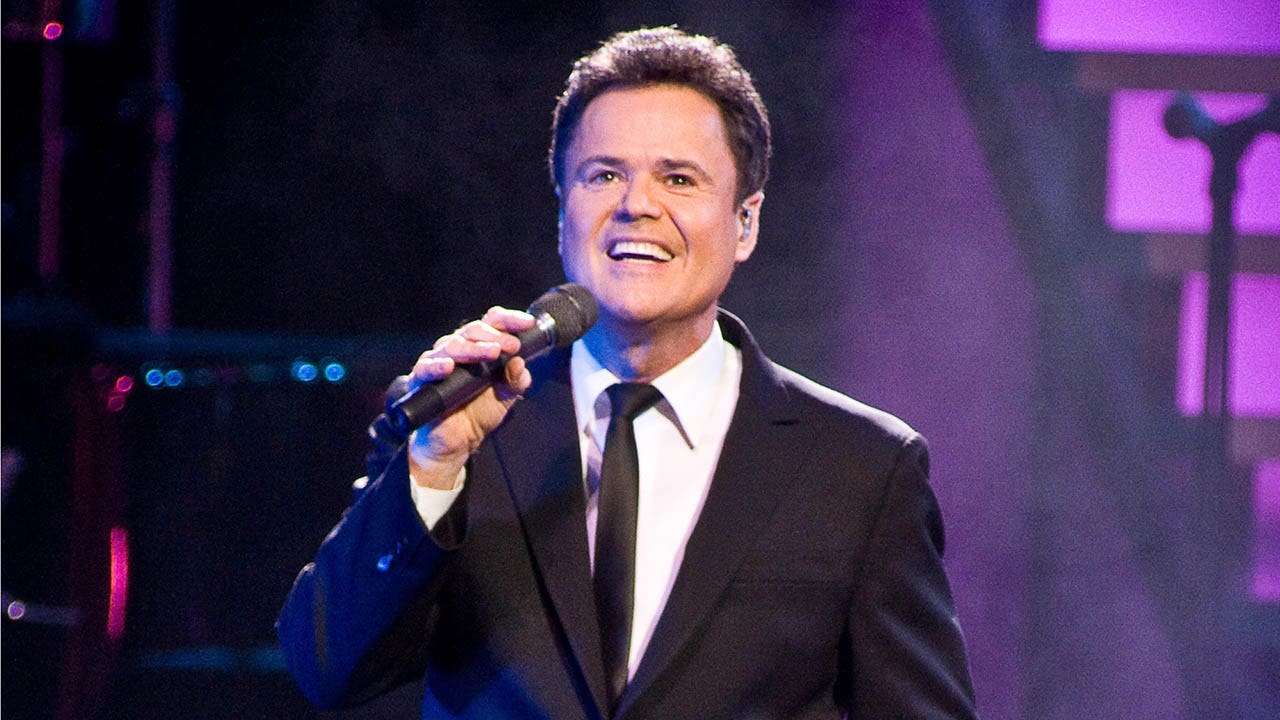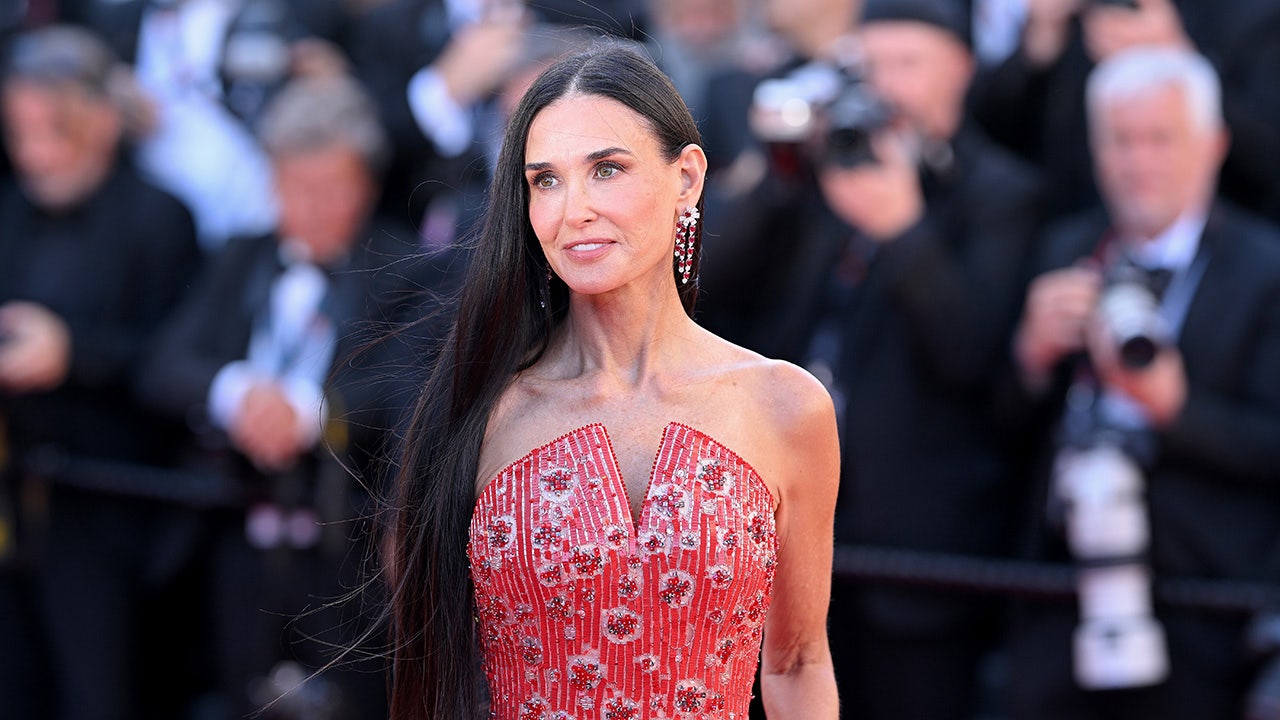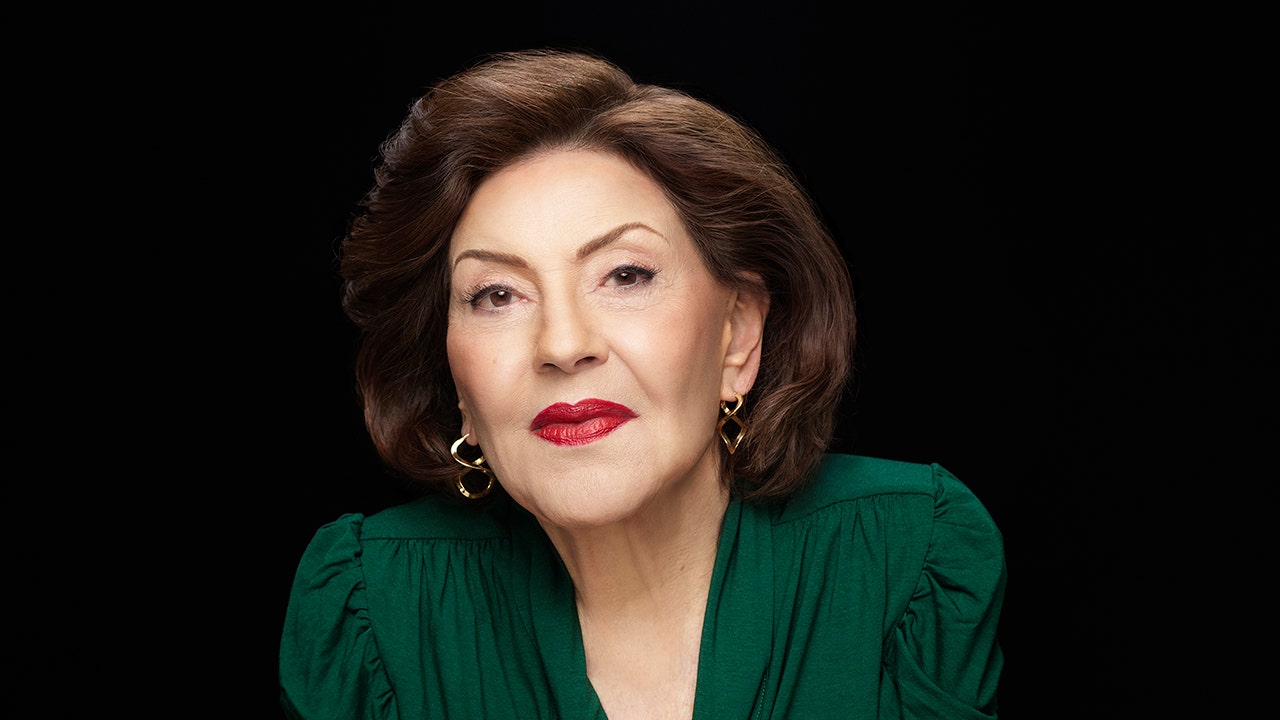NEW YORK (AP) — The children crumple and fall to the stage, victims of King Herod’s assassins. Then the Virgin Mary, in a voice brimming with anguish and outrage, memorializes the student protesters who were massacred by Mexican armed forces in 1968.
This is “El Nino,” a retelling of the birth and early life of Jesus through a mix of biblical verses and modern Latin American poetry, medieval texts and apocrypha.
FASHION ISN’T JUST FOR THE EYES: UPCOMING MET GALA EXHIBIT AIMS TO BE A MULTI-SENSORY EXPERIENCE
Set to music by John Adams from a libretto compiled by him and Peter Sellars, it is having its Metropolitan Opera premiere nearly a quarter-century after it was first performed in Paris in 2000.
Julia Bullock, center, and castmates rehearse for the Metropolitan Opera’s production of “El Nino,” on Wednesday, April 17, 2024, in New York. “El Nino” opens April 23. (AP/Charles Sykes/Invision)
“It contains some of John’s greatest music,” Met general manager Peter Gelb said. “But I had always thought of it as an oratorio,” along the lines of Handel’s “Messiah.” That changed, he said, when he met with Lileana Blain-Cruz, resident director of Lincoln Center Theater, who told him “her dream was to stage it as a fully realized production.”
Now that dream is taking shape on the Met stage in a vibrant, multi-colored production that uses puppets, projections, dancers, an onstage chorus and even a flying boat to tell the Nativity story through the eyes of Mary.
“This piece has kind of been haunting my consciousness for awhile,” Blain-Cruz said in an interview before a rehearsal for the April 23 opening. “The music is so crazy and complicated, but I find it so life-affirming at the same time. There’s an optimism in it.
“You have darkness happening,” she said, “and then you have the Christmas star and these high soprano notes and you go, ‘Oh it’s going to be OK, the world is so much bigger than us.’ I love that invigoration of life. That feeling of an antidote to loneliness and suffering.”
Taking her cue from Mary and Joseph’s journeying to Jerusalem for Jesus’s birth and then fleeing into Egypt to escape Herod, Blain-Cruz has framed her production as a story of people’s migration from dangerous lands in search of a better life.
Doubling the role of Mary, she has cast the soprano (performed at the Met by Julia Bullock) as “Mary-of-the-land,” and the mezzo (J’Nai Bridges) as “Mary-of-the-sea.”
The set for the first act evokes what Blain-Cruz calls “a greenish-blue floral jungle landscape that might be home to African or Caribbean people,” while the second is dominated by “orangish fiery colors influenced by a more desert vision, like the borderlands of Texas.”
“So we move from verdant, life-giving spaces to a less hospitable land,” she said. “That reflects Herod’s obliviousness to the richness of nature. For me, he is one of these people who violate not only other people but the earth itself.”
Despite the fanciful touches, the set is simpler than many new Met productions. “There’s a two-dimensionality to the visual landscape,” Blain-Cruz said. “It sort of moves like an old panel book.”
For many audiences, the most searing moment will come after the slaying of the children when Bullock sings Adams’s setting of “Memorial de Tlatelolco” by Rosario Castellanos.
“This is the one place in the piece where John and Peter chose to take us out of the centuries-old story and within a few gunshots of music catapult us into the 20th century,” Bullock said. “It’s like, how many times do we need to keep telling these stories of genocide and of sacrifices of precious human lives in order for all of us to say we’re not going to continue on in this cycle of violence against each other.”
Blain-Cruz and Bullock are both making their Met debuts with this production as are bass-baritone Davon Tines, and conductor Marin Alsop.
Alsop, who has long conducted Adams’ orchestral works, finds “El Nino” distinct from many of his other compositions.
“There’s usually this very driving pulse,” throughout his pieces, but here, she said, those moments of insistent “groove” alternate with “contemplative and pensive” sections.
“And that’s why I’m so impressed with the cast and choir,” she said, “that they’re able to float these beautiful lines over this kind of constantly changing sea underneath them.”
That rapid shifting makes the conductor’s work more challenging as well.
“There’s so much going on,” she said, “There’s rarely a whole page that’s in the same meter. I have to be so totally engaged all the time, because around every corner is something tricky.”
The orchestration calls for many instruments not typically heard in opera, including two guitars, high cowbells, chimes, maracas, gongs known as temple bowls and a synthesizer that plays back a wide variety of recorded sound. As usual in Adams’ operas, he requires electronic amplification for the instruments and singers to be properly balanced and audible.
This will be the fourth Adams work performed by the Met, following “Doctor Atomic,” “Nixon in China” and “The Death of Klinghoffer.” Next season the company will stage his recent “Antony and Cleopatra” (also starring Bullock), extending his record for having the most operas by a currently living composer seen here.




